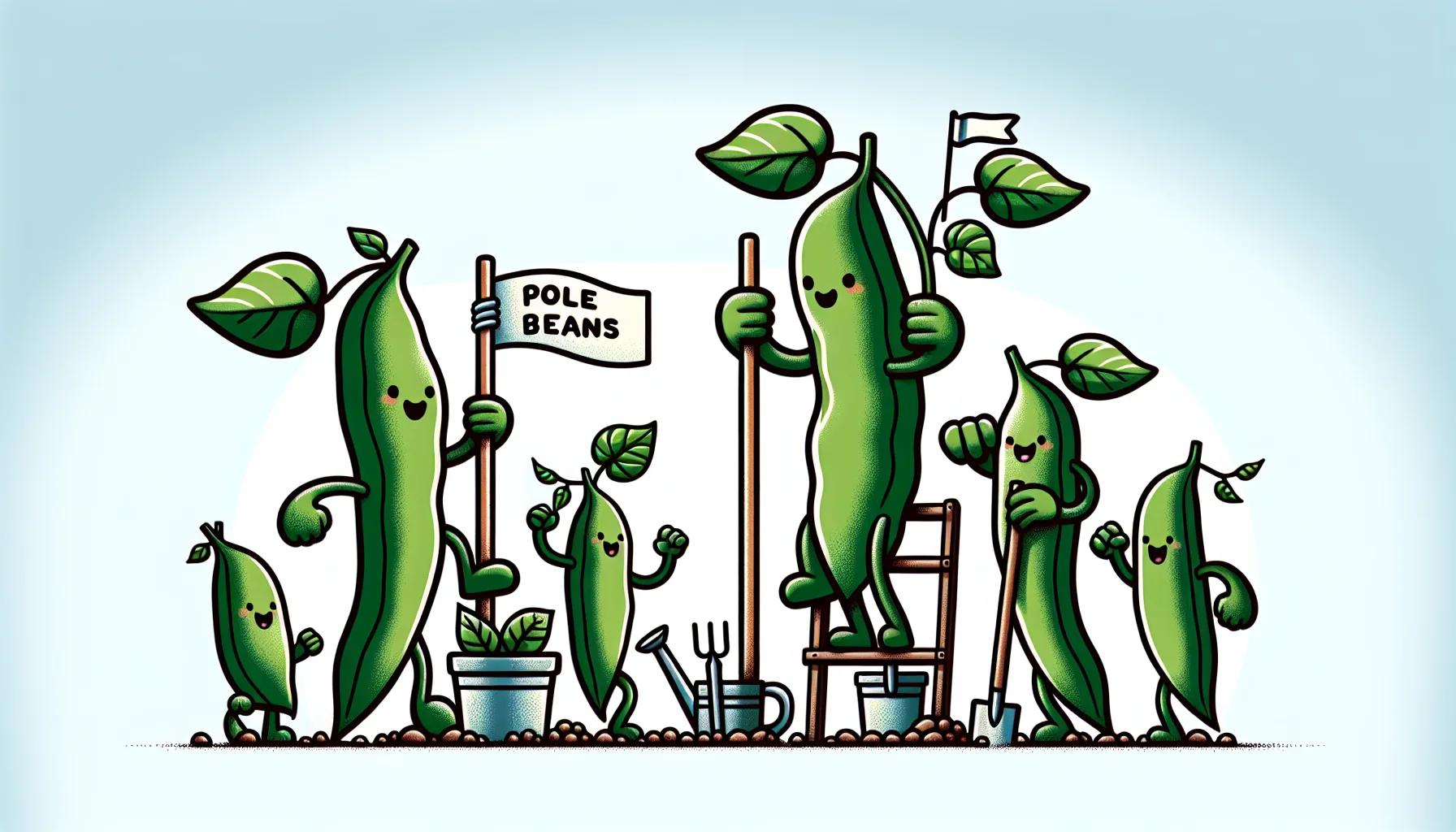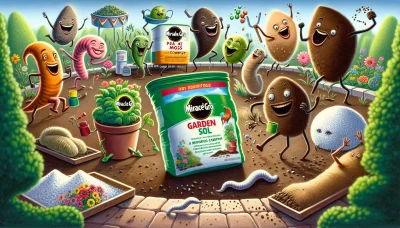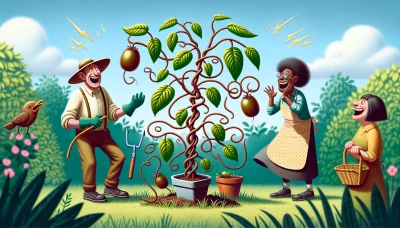Pole beans vs bush beans Quiz
Test Your Knowledge
Question of
Pole Beans vs Bush Beans: An Overview
When it comes to gardening, understanding the differences between pole beans and bush beans is crucial for planning your vegetable garden. Pole beans, as their name suggests, grow vertically, requiring support structures like trellises or poles to climb. This characteristic makes them ideal for gardens with limited space, as they grow upwards rather than spreading out. On the other hand, bush beans grow in a bushy form and do not require any support. They tend to take up more ground space and can be easier to harvest due to their accessible height. While both types can thrive in a variety of climates, the choice between pole and bush beans often comes down to garden space, aesthetic preference, and ease of harvesting.
Key Characteristics of Pole Beans
- Vining growth habit, requiring support structures such as trellises or poles
- Can grow up to 6-15 feet tall depending on the variety and conditions
- Typically produce a higher yield per plant compared to bush beans
- Longer production period, offering continuous harvests throughout the growing season
- Offer a variety of pod colors, including green, purple, and yellow
- Great for small gardens as they utilize vertical space
- Can provide shade and cooling effects when grown in suitable structures
- Attractive to pollinators, beneficial insects, and can be used as a companion plant
- Generally more resistant to pests and diseases compared to bush beans
Understanding Bush Beans
- Primary Characteristics:
- Compact growth habit
- Do not require staking or support
- Produce pods closer to the ground
- Advantages:
- Easier to grow in small spaces or containers
- Lower maintenance compared to pole beans
- Harvest tends to be earlier and more concentrated
- Growth Patterns:
- Typically matures in 50-60 days
- Can be planted in succession for continuous harvest
- Best grown in well-drained soil with full sunlight
Cultivation Requirements
| Requirement | Pole Beans | Bush Beans |
|---|---|---|
| Soil | Well-drained, fertile soil with a pH of 6.0 to 6.8 | Well-drained, fertile soil with a pH of 6.0 to 6.8 |
| Water | 1 inch per week, more in hot, dry weather | 1 inch per week, consistent moisture is crucial |
| Sunlight | Full sun (6-8 hours of direct sunlight per day) | Full sun (6-8 hours of direct sunlight per day) |
| Space | Requires trellising; plant 4-6 inches apart in rows 3-4 feet apart | No support needed; plant 2-4 inches apart in rows 18-24 inches apart |
Harvesting and Yield
When it comes to harvesting pole beans and bush beans, timing and technique play crucial roles in maximizing yield and maintaining plant health. Pole beans, known for their climbing habit, typically take a bit longer to mature than bush beans but can produce a continuous yield throughout the growing season if harvested regularly. For pole beans, it's essential to start harvesting when the beans are about the size of a pencil in thickness and before they become too mature and tough. Regular picking, every 2 to 3 days, encourages the plants to produce more beans.
Bush beans, on the other hand, tend to mature all at once and do not require a support structure. This characteristic makes them slightly easier to harvest, as you can often gather a large portion of the crop at one time. However, to ensure the best quality, bush beans should also be picked while the pods are firm, green, and before the seeds inside have fully developed. Depending on the variety, bush beans may offer a second, albeit smaller, yield if the plants are kept healthy and the first harvest is done promptly and carefully.
While both types of beans are productive, the yield can vary significantly based on factors such as the variety planted, growing conditions, and how well the plants are tended. Pole beans often produce more beans over the longer growing season, but bush beans can provide a quicker, albeit more concentrated, harvest. This makes pole beans an excellent choice for those with limited space or who prefer a steady supply of fresh beans, while bush beans might be better suited for those looking to harvest a large quantity of beans at once for preservation.
Pest and Disease Management
Managing pests and diseases is crucial for the health of pole beans and bush beans. Here are some common issues and tips for prevention and control:
- Aphids : These small, soft-bodied insects can cause leaves to yellow and stunt growth. Use insecticidal soap or neem oil for control. Encouraging natural predators like ladybugs can help prevent infestations.
- Spider Mites : These tiny pests can cause leaves to become speckled and eventually turn yellow. Increase humidity and use insecticidal soap to control them.
- Bean Beetles : These beetles chew holes in the leaves. Handpicking and using floating row covers can prevent damage.
- Whiteflies : These small, winged insects can cause leaves to yellow and weaken plants. Use yellow sticky traps and insecticidal soap for control.
- Powdery Mildew : Appears as white, powdery spots on leaves. Ensure good air circulation and avoid overhead watering to prevent it. Fungicides can also be used if necessary.
- Rust : This fungal disease causes orange or rust-colored spots on leaves. Remove and destroy infected leaves and ensure plants are not overcrowded to improve air circulation.
- Anthracnose : This disease causes dark, sunken lesions on stems, leaves, and pods. Use resistant varieties and practice crop rotation to prevent it.
- Root Rot : Overwatering can lead to this condition where roots become mushy and discolored. Ensure proper drainage and avoid overwatering to prevent root rot.
Choosing Between Pole Beans and Bush Beans
When determining whether pole beans or bush beans are the right choice for your garden, consider both the available space and your gardening style. Pole beans, as the name suggests, grow vertically and will require support structures such as trellises or stakes. This makes them ideal for gardens where ground space is limited, as they can be grown upwards. On the other hand, bush beans spread outwards and do not require any support, making them a great choice for gardeners who prefer lower maintenance plants or have more ground space available. Additionally, think about your harvesting preferences; pole beans typically produce over a longer period, offering continuous harvests, while bush beans tend to produce all their beans at once. Assessing these factors will help you decide which bean variety is the best fit for your garden.












